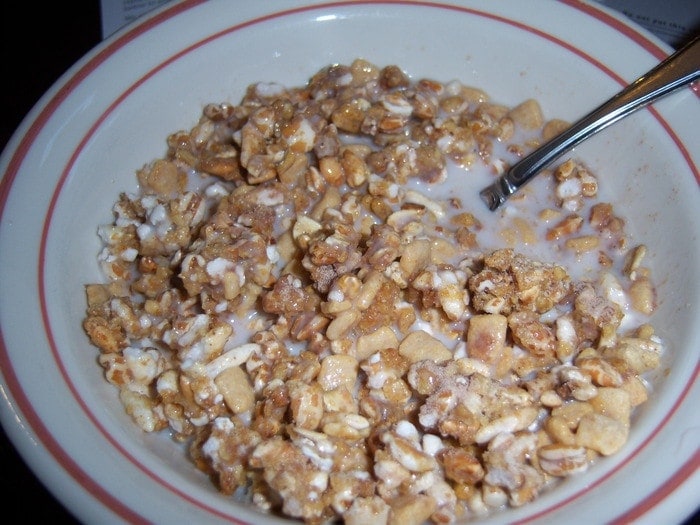 |
| A single cholesterol molecule |
According to the
Washington Post, Americans' greatest frenemy dietary component may no longer be included on the 'to be avoided' list in the 2015 Dietary Guidelines, the nutrition document guiding America's food and nutrition policies and programs.
'Blood cholesterol' is a misnomer--'cholesterol' in your blood are particles that contain cholesterol*, but also fats, proteins, and other molecules. 'Blood cholesterol' particles are made mostly in the liver and do not come directly from the diet. If your liver is a factory producing proteins and lipids (fat, cholesterol, etc.), 'blood cholesterol(s)' are like boxes shipping these food molecules to other parts of your body. Your liver is likely to make a lot of 'blood cholesterol' particles after eating too much sugar, white starches, artificial trans fats, and excessive Calories from any source.
Your 'total cholesterol' number is the sum of VLDL, LDL, and HDL plus some less common particles:
VLDL (Very Low Density Lipoprotein)- Extra Calories from any kind of food are often turned into fat in the liver. The VLDL packs up these little pieces of fat and moves them into to fat cells elsewhere, often your butt and hips ladies. This sounds bad, but it's really good. In extreme cases, storing fat in the liver leads to cirrhosis and liver failure. Yikes!
LDL (Low Density Lipoprotein)- After the VLDL gives fat to your butt, it gets more dense and turns into a LDL. LDL is called the 'bad' cholesterol. The
video above is a graphic of an LDL, where cholesterol molecules are in the center. But LDL is only bad when there's too much of it**, promoting blocked arteries over time. Otherwise, LDL is kind-of useful. The actual cholesterol molecule in LDL can be dropped off to the gonads to make testosterone or estrogen, and who doesn't love sex hormones?
HDL (High Density Lipoprotein)- HDL picks up excess cholesterol and fat throughout the body and higher amounts are associated with less clogged arteries and heart disease. So some call it 'good cholesterol'
BASICALLY:
(1) Americans eat too much of their top 10 food choices, mostly crap: (ordered most to least consumed according to the 2010 Dietary Guidelines): 1) starchy dessert; 2) yeast breads; 3) chicken dishes; 4) soda; 5) alcohol; 6) pizza; 7) tacos; 8) pasta; 9) beef dishes; and 10) dairy desserts ---->; THEN
(2) After digestion, the liver receives these foods as simple sugars, fats and amino acids. The liver can and will turn excessive Calories from any source into fat. The liver packs these fats into VLDL. VLDL is released into the blood and gives fat to your butt, love handles, etc. ----> THEN
(3) The VLDL gets more dense and is changed to an LDL ---> THEN
(4) Eating too much over the years (especially white starch and trans fats), promotes chronic inflammation, too much LDL in the blood, and build up of plaque in the arteries ---> THEN
(5) 1 in 4 Americans dies of heart disease, often way too early
The take home message is simple, be active, don't eat more food than you need, and don't eat a typical American diet of cookies, white bread, fried chicken, soda, beer, pizza, tacos, pasta, hamburgers, and ice cream.
I am the food police, but it's out of love.
--
* The cholesterol added to blood cholesterol' particles is mostly made in the liver, and less from the diet.
**LDL in the blood is affected by diet, but also heavily influenced by genetics. An extreme case is familial hypercholesterolemia. LDL are moved out of the blood and into the liver by special proteins. When the genetic code for these proteins is messed up, the LDL can't be removed from the blood. People with this condition have super high blood LDL.

